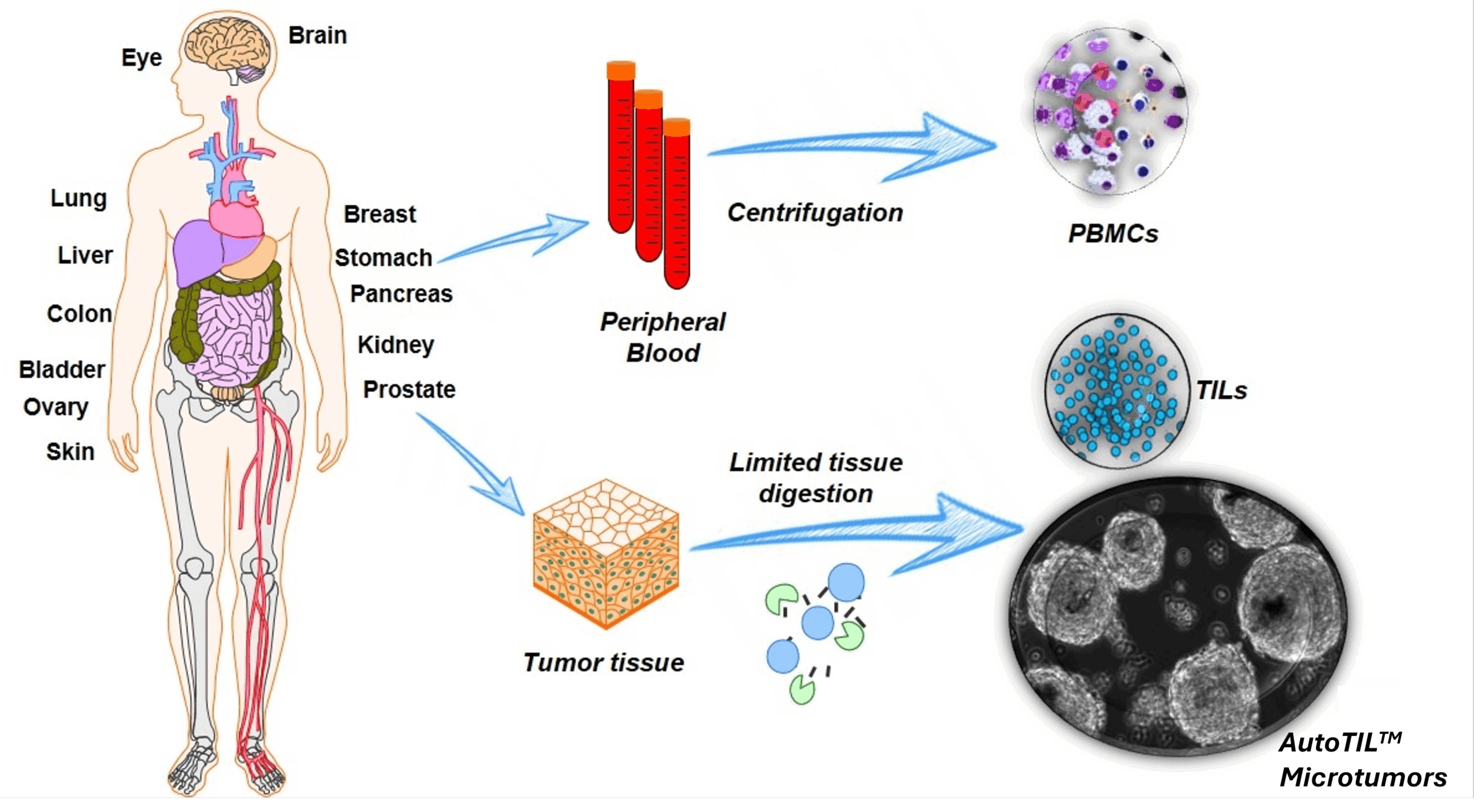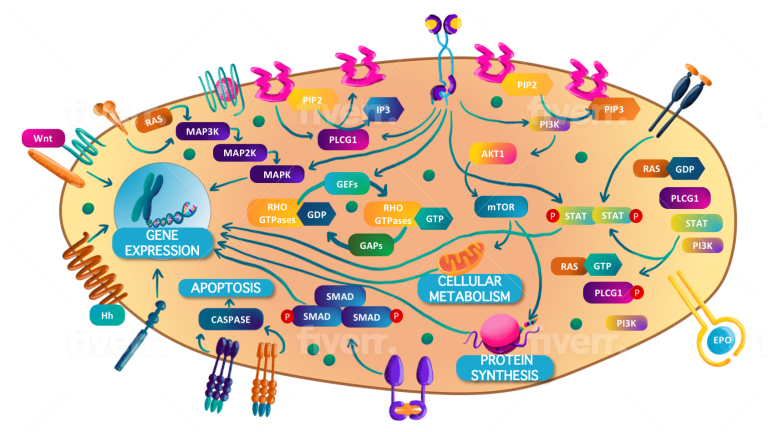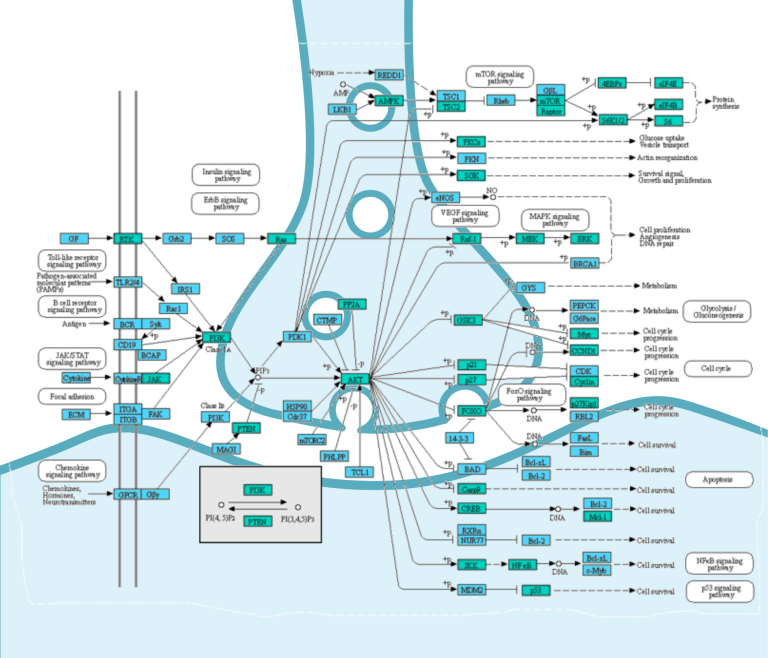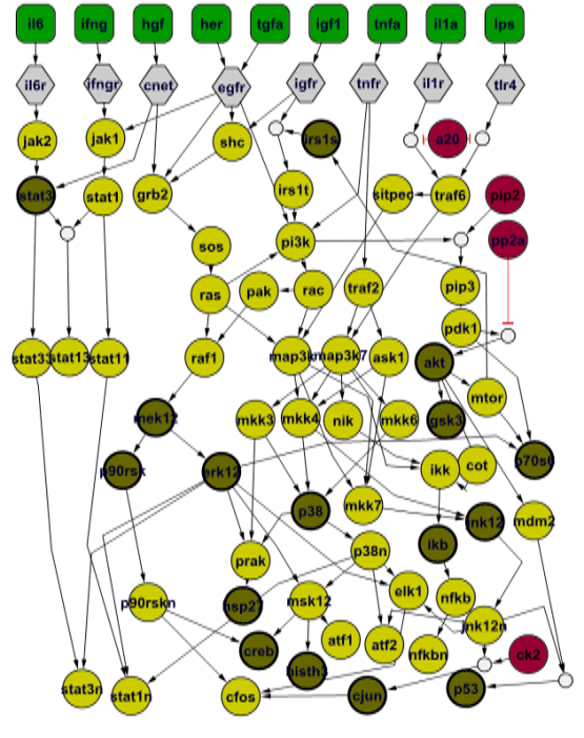
AutoTIL™ Microtumors – Patient-Derived Immune-Competent Tumor Models
At Assay Engineers, we are redefining preclinical cancer research with AutoTIL™
Microtumors – a next-generation tumor model system that captures the full complexity of the human tumor microenvironment, including their autologous immune competence.
Unlike PDX or expanded organoid systems, AutoTIL™ Microtumors are non-cultured tumor biopsy preparations that preserve the native multicellular architecture. This includes the patient´s inherent immune environment, cellular heterogeneity, and critically autologous immune system – encompassing Tumor Infiltrating Lymphocytes (TILs) and Tumor Associated Macrophages (TAMs).
Immune-Oncology at the Forefront
AutoTIL™ Microtumors offer the most physiologically relevant model for immune-oncology research.
Key Benefits at a Glance:
- Maintains the full biological and immune composition of the original tumor.
- Ready-to-use within one week of biopsy—no engraftment, no synthetic modification.
- Applicable across all solid tumor types, including rare and aggressive forms.
- High translational relevance for patient-specific drug response.
AutoTIL™ Microtumors enable to:
- Evaluate checkpoint inhibitors in a native context, monitoring T-cell activation and exhaustion.
- Test immunomodulators to study effects on immune suppression and TAM behavior.
- Assess adoptive cell therapies, including CAR-T and TCR-based approaches.
- Investigate combination therapies to reveal synergistic interactions in real tumor settings.
AutoTIL™ Microtumors preserve real patient tumor biology—fueling mechanism-of-action studies, biomarker validation, and immune-competent drug testing with exceptional relevance.
By combining patient specificity, preserved tumor architecture, and immune competence, AutoTIL™ Microtumors provide an advanced model for evaluating immunotherapies and broader cancer drugs.
With Assay Engineers´ multi-omics analysis, AutoTIL™ Microtumors accelerate immune-oncology-focused drug development.
#From the patient. For the patient.



